Say Hello!
Sign In
- Trekking Tips
All the reasons you should not bail out on a trekking pole
It's your first trek and you have a couple of people suggesting and encouraging the usage of a trekking pole while a couple of other people totally condemning the idea. We have all been there, usage of a trekking pole has always been a matter of great debate. However, if we were to advise, we would strongly suggest the usage of a trekking pole because of the amazing benefits it provides, you simply can not afford to miss out on them. Hence before you make a choice of whether you should use or avoid the trekking pole, have a look at the reasons that support our suggestion.
- Makes walking a breeze.
- Assists you through streams.
- Reduces impact on your body.
- Helps to adjust your speed.
- Act as an inspecting tool.
- Can be used as a defensive tool.
- Can be used as a path clearer.
- Emergency First Aid
External support certainly facilitates walking. It's like an extra handle that carries a little of your weight making you feel lighter and reducing the overall pressure on your legs. Walking for a long distance in itself is torture, now imagine walking uphill with a heavy backpack and layers of clothes. It's burdensome and added troubles like nauseousness, dizziness, and headaches are hurdles one commonly experiences during treks. Amidst these inconveniences, a trekking pole is nothing less than a magic wand. It is observed to carry as much as 40% of your weight which is a great deal that you definitely can not afford to miss out.
Through your trek, you are naturally going to explore many streams and rivers and you will most probably even cross a few of them. This is not only scary but also quite a task. You tend to slip and slither very often due to the algae crowned rocks and stones. In addition, the flowing water makes it difficult to figure out whatever lies beneath. In this situation a trekking pole turns out to be very handy and useful, you can simply make space between the underlying stones in the river or stream and create a tripod along with your legs making yourself more balanced and put together. This eases your crossing and makes you more confident about your ability.
You will be surprised when you realize on your journey that trekking downwards is not a cakewalk either. It might seem easy and do-able but as you trek downwards you will know that assuming your downward journey to be a breeze was a myth. As you begin to descent, you will surely find it uncomplicated and trouble-free just as you feel at the beginning of your elevation but after some time into descending, your knees will begin to feel pressurized and will start to ache. Cramps and twinges may be observed too often. But to your savior, usage of a trekking pole is directly proportional to reduced effects on your body. it is sure to save your knees and protect it from severe damages that might happen otherwise. It also reduces the impact of the backpack on your backbone hence improving inconveniences caused to your spine.
Treks are long and time-consuming so you are most likely to feel exhausted after quite some time and this can for obvious reasons reduce your pace of elevation. Trekking poles can simply be used to increase or maintain your speed uphill or downhill. They allow you to have better control over your movements making you feel more organized and stable.
A lot of times on your trek you might feel the need to desperately look for a stick or any object to test the quality of the terrain. You may be interested in finding the depth of the frozen snow on that mountain or maybe the depth of the mud stretched across a particular trail. A trekking pole comes very handily in these situations thus making it multipurpose.
A walk in the wild is thrilling but is also threatening. The journey is unpredictable thus it is important to remain prepared for emergency situations. Although wild encounters are a rare case however sometimes it is necessary to be prepared for the "What if" cases. Trekking poles can be a practical alternative as a defense tool just in case you encounter emergency situations.
Just as mentioned earlier, a trekking pole serves as a multipurpose tool. It could be efficiently used to clear the unwanted wild nature that may hinder your path. Roots, branches, thorns, spider webs, etc are very common and could be a pain to walk in. You could simply save yourself the trouble by using your trekking pole as a tool to clear these annoyances from your path.
Slipping, falling, or slithering are common mishappenings during your trek, while your trekking pole can potentially keep you more stable and avoid these occurrences you can still be prone to these happenings. Twisted ankles or broken bones call for emergency help and the first tool to come to your rescue in these situations is your one and only trekking pole. You could use it as anything from a crutch to a splint.
Despite having these benefits, trekking poles are sometimes debated to be harmful. This is true but only upon incorrect usage. Ideally, before trying out anything, it is important to briefly learn about it and then use it under supervision. The same goes for trekking poles, the incorrect use of which can have harmful effects on your body. So before getting started it is important to make sure you have sufficient knowledge. Here is a little introduction about the usage of trekking poles that could be helpful.
The first thing, to begin with, is adjusting the wrist strap, most people usually avoid this which turns out to be a great mistake that influences them to conclude that trekking poles are useless. However that is not the case, a properly adjusted strap prevents hands from aching and wrists from spraining. The second thing you ought to do is adjusting the pole length. It is necessary to make sure your elbow is at a 90° angle and the number at the top and bottom segment of the pole is the same. This is no rocket science. It's simple but requires time and practice. You could also look over the web for detailed instructions on using a trekking pole. Besides adjustment, you also need to use the trekking pole alongside your body pattern. That is if you have observed when you put your left foot forward your right hand automatically swings forward and vice-versa, this is also exactly how trekking poles should be actualized. When you put a certain leg forward the opposite pole should also swing forward and vice-versa. Once you get the hang of it, you are ready to enjoy your trek with the least number of difficulties showing up at your door. Practice and patience are definitely the two secret keys to a successful trek for beginners. Lastly, we are here giving our word and now it's time for you to choose if you wish to risk the usage of a trekking pole or not. Remember an enthusiast trekker is always an enthusiast risk-taker. On the other hand, the benefit vs loss ratio, in this case, suggests the acceptance of a trekking pole.

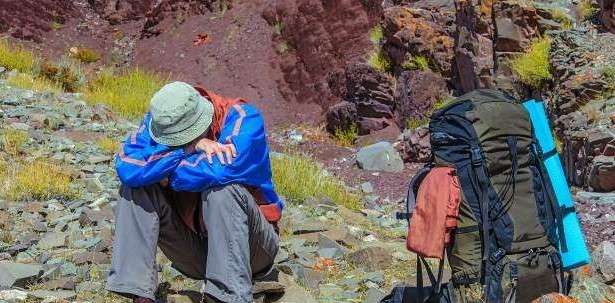
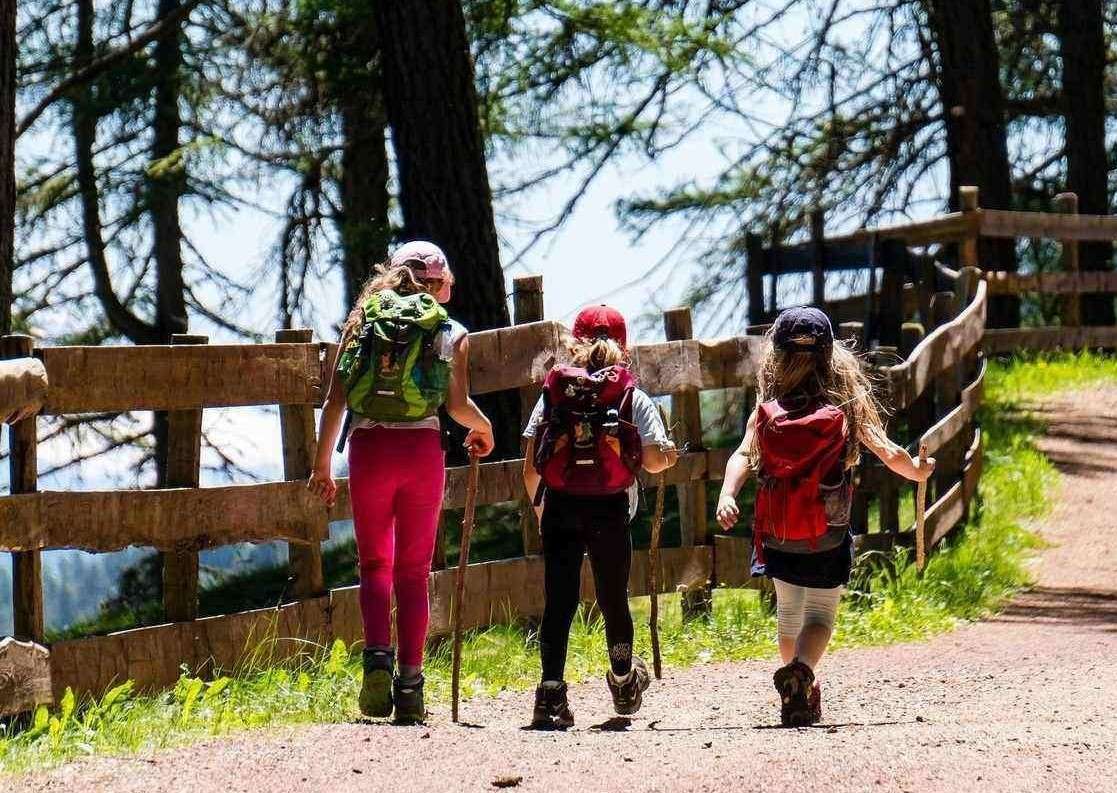
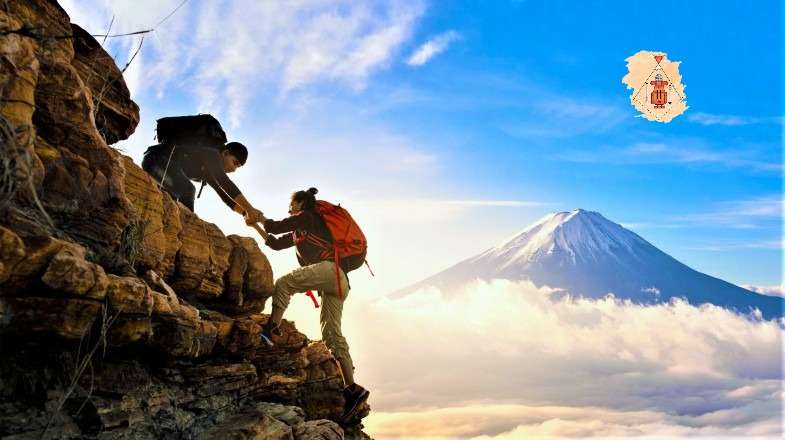
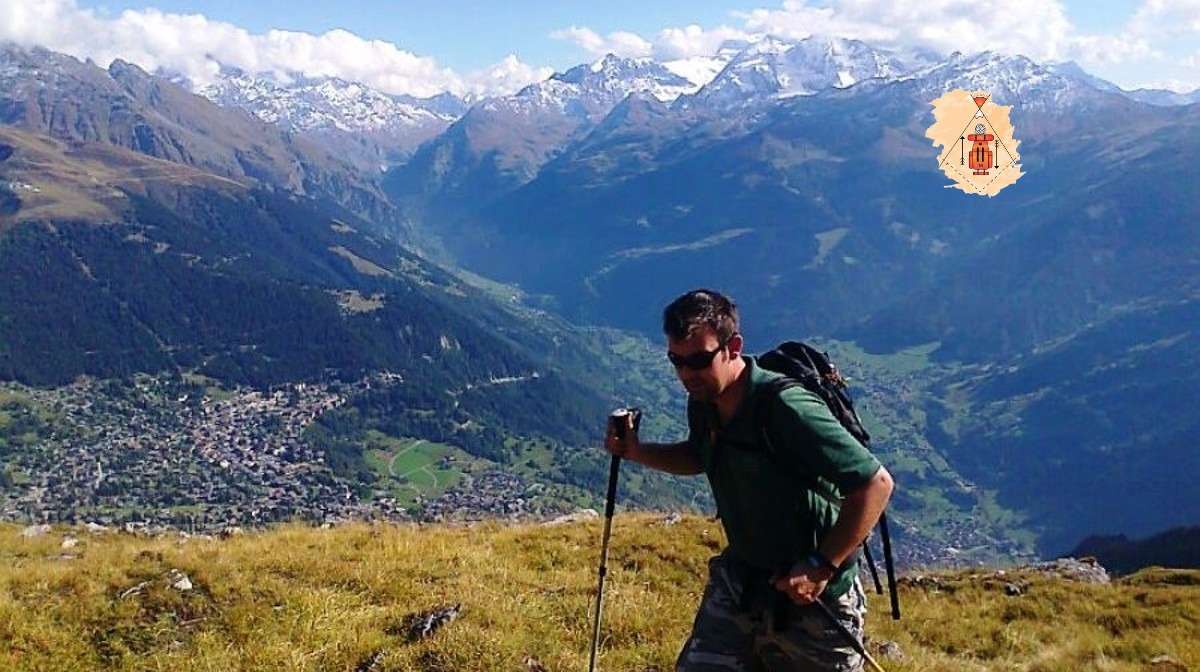
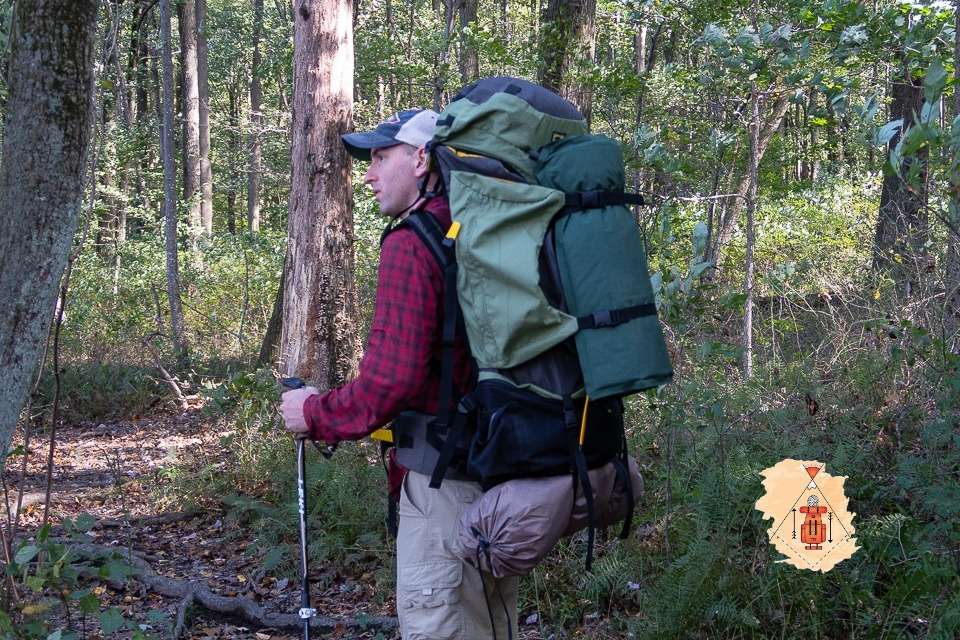
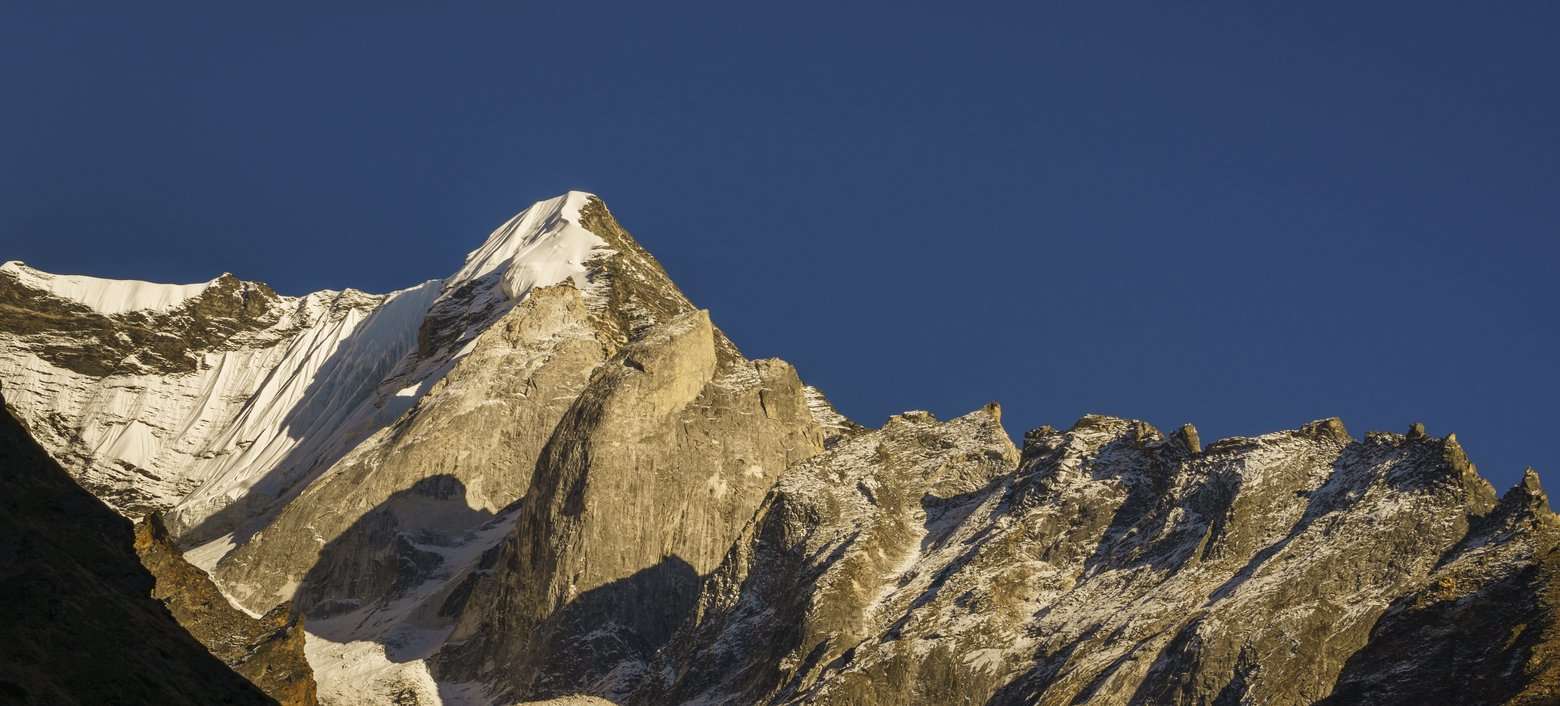
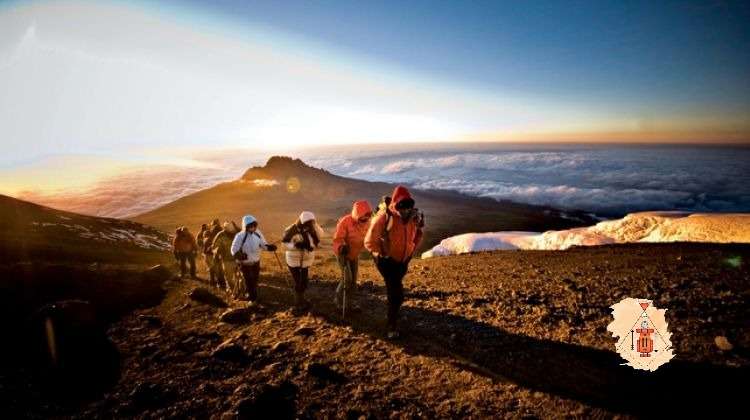
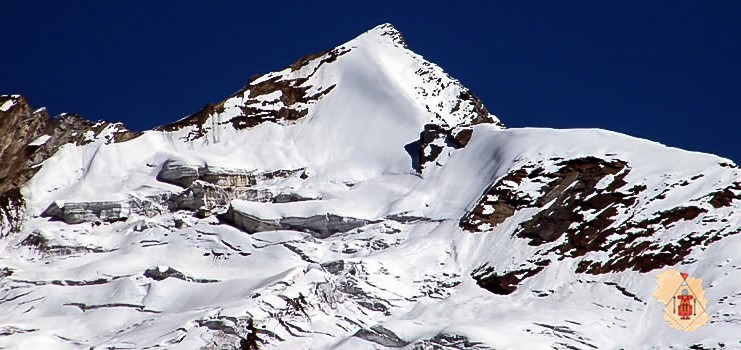
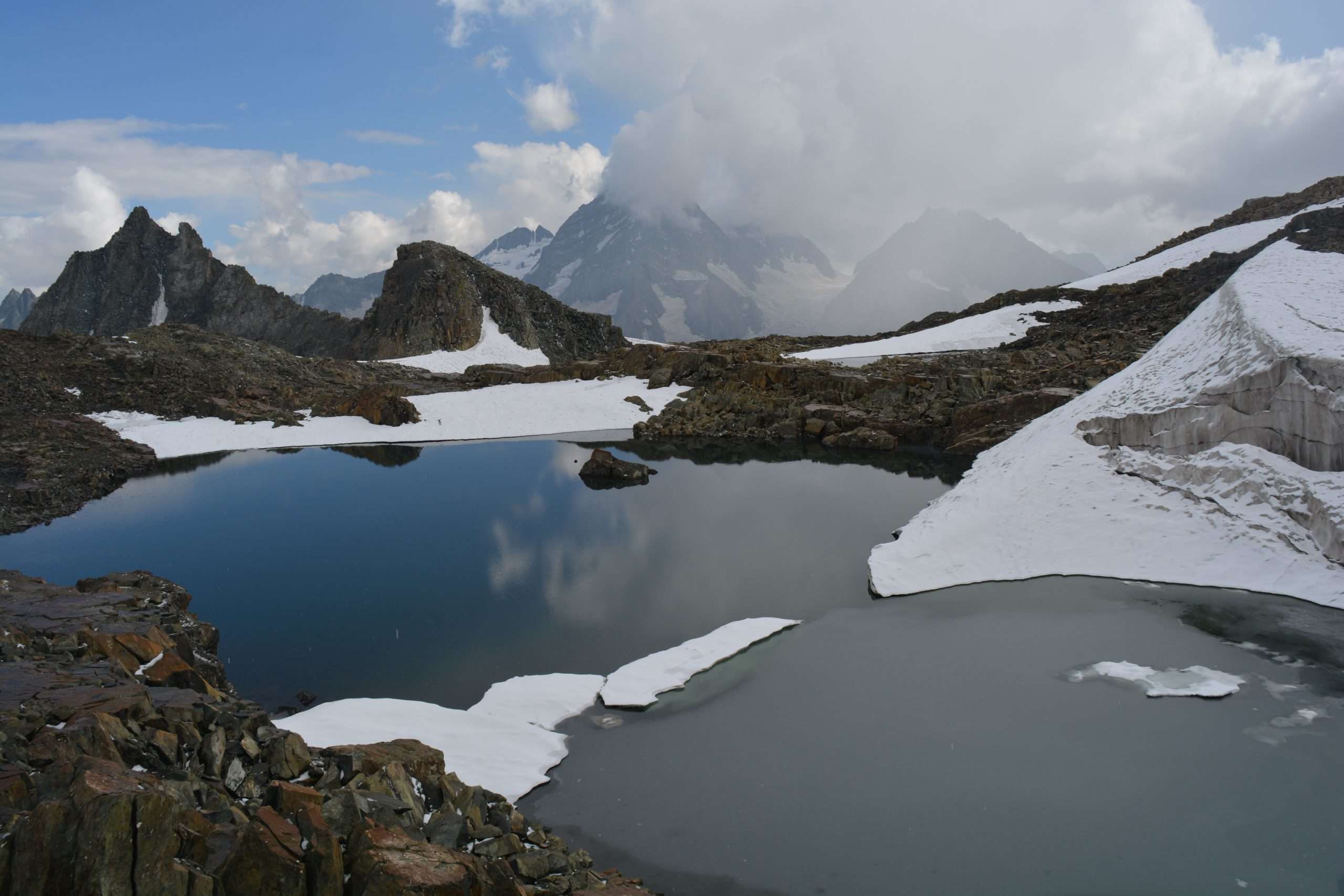
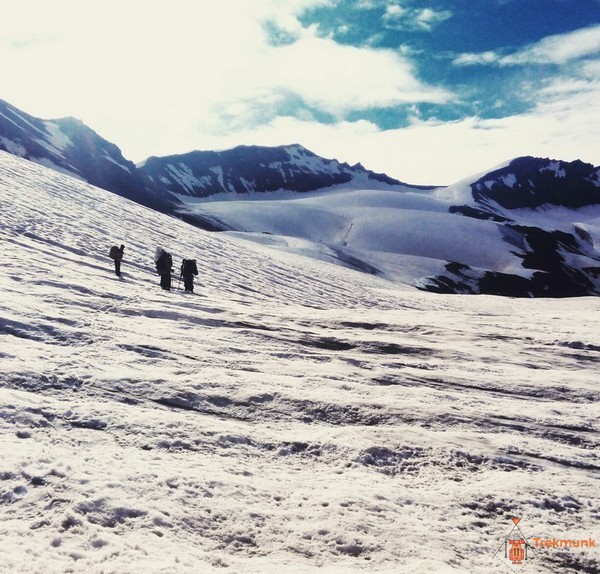
Harshit Patel : Co-Founder at Trekmunk. A certified Mountaineer, Skiier, has led more than 50 high altitude treks in the Indian Himalayas. He is an Engineer by profession but a traveler by passion. He has led treks in Kashmir, Ladakh, Uttarakhand, Himachal Pradesh, West Bengal, Sikkim and Nepal. He is a NOLS certified First Aid Responder and has covered 185,000+ km on Motorcycle. A Poet, Drone Pilot and Videographer at Insane Traveller Productions.